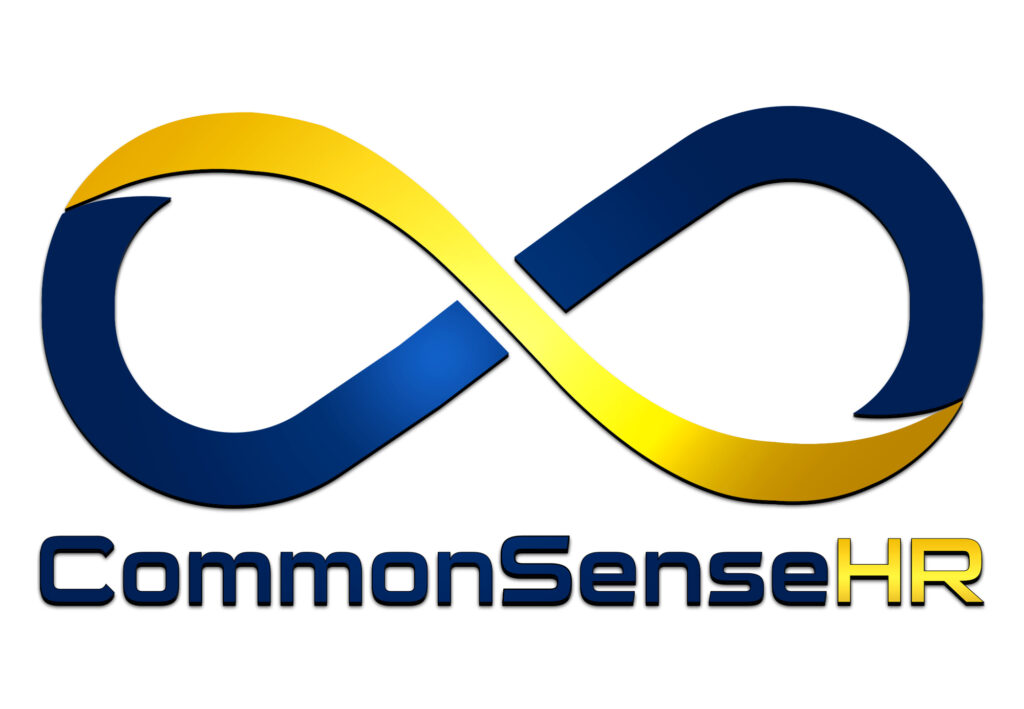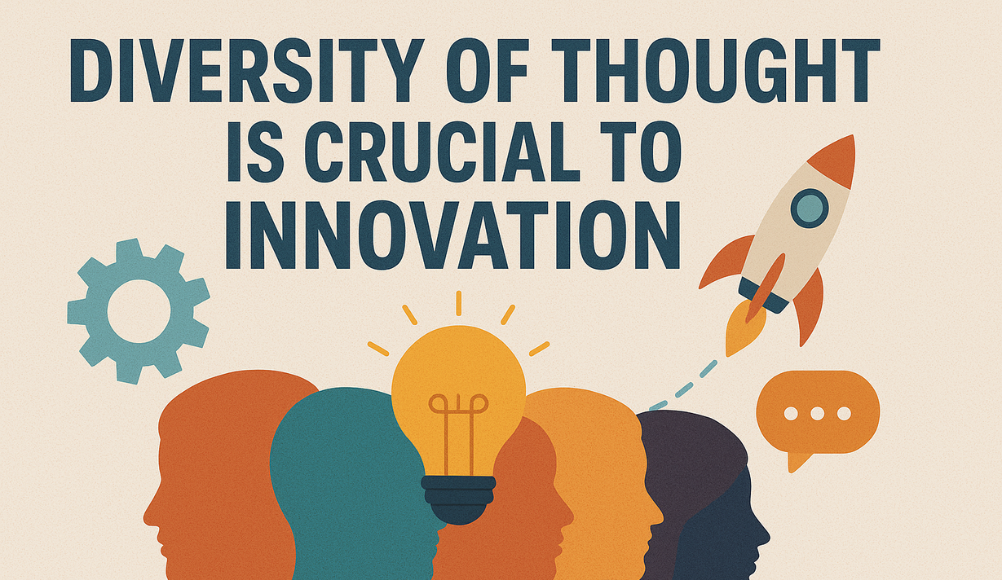By Geoff Frost CPHR. CCDP (commonsensehr.ca)
“It is not our differences that divide us. It is our inability to recognize, accept, and celebrate those differences.” – Audre Lorde
As human beings we have a strong inclination towards something called ‘groupthink.’ This term was first introduced by a social psychologist by the name of Irving L. Janis. It means that we have an attraction towards fitting in to the group we aspire to belong to.
This inclination can be so strong, that we can find ourseves discounting our personal viewpoints and beliefs so as not to create any conflict with the group we wish to be a part of. This phenomenon can be readily found in a number of work settings where strong organizational cultures exist.
One of the major problems with this particular phenomenon is that it can be counter-productive towards diversity of thought. This can begin at the recruiting stage within such an organization. Those interviewing candidates to fill various positions may, without realizing, lean towards selecting people who have similar traits to them such as the way they speak and think and even dress. All of this is a form of unconscious bias known as affinity bias.
“Diversity: the art of thinking independently together.” – Malcolm Forbes
The question then is how might organizations mitigate against this type of favoritism so as to encourage diversity of thought. Priority number one is to progressively create an environment whereby people feel included. Employees need to feel safe taking ideas to their managers without fear of being seen as different or problematic to the organization’s groupthink.
The major advantage to an organization then is that allowing for diversity of thought to grow results in innovation and creativity which is so very crucial to staying ahead in business today. Even though some ideas may turn out not to be practical given certain limitations, others could be extremely valuable to the bottom-line. For this reason alone. progressive companies cannot afford not to be practicing both diversity and inclusion if they want to stay ahead in a rapidly increasing competitve marketplace.


